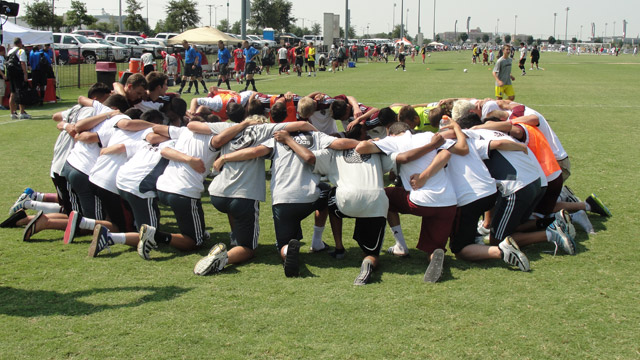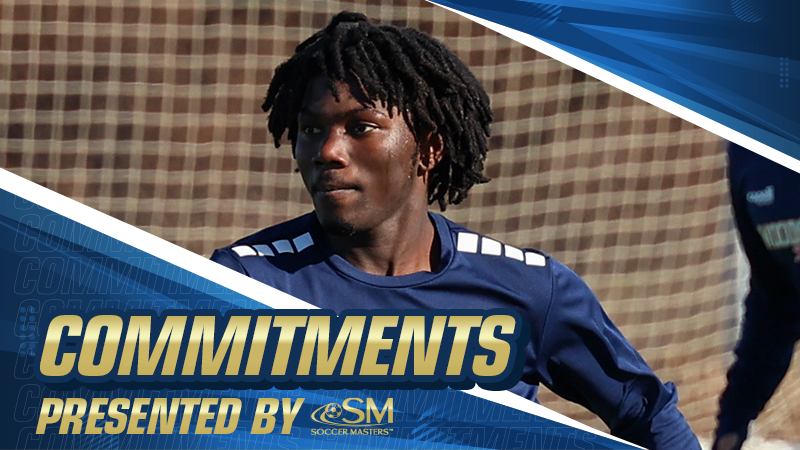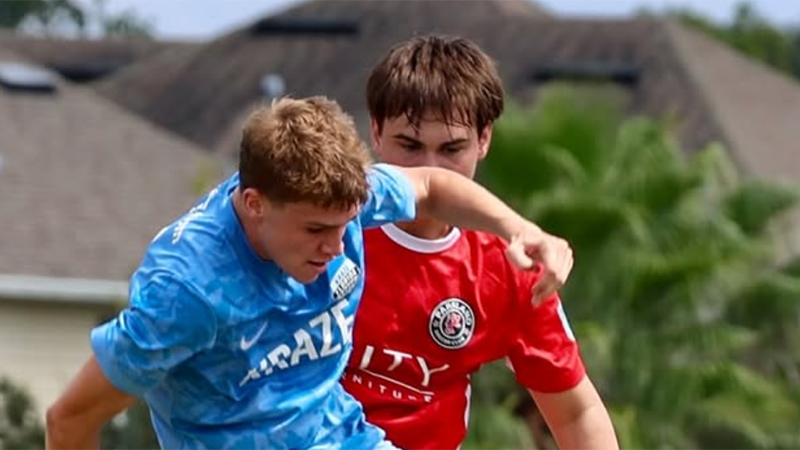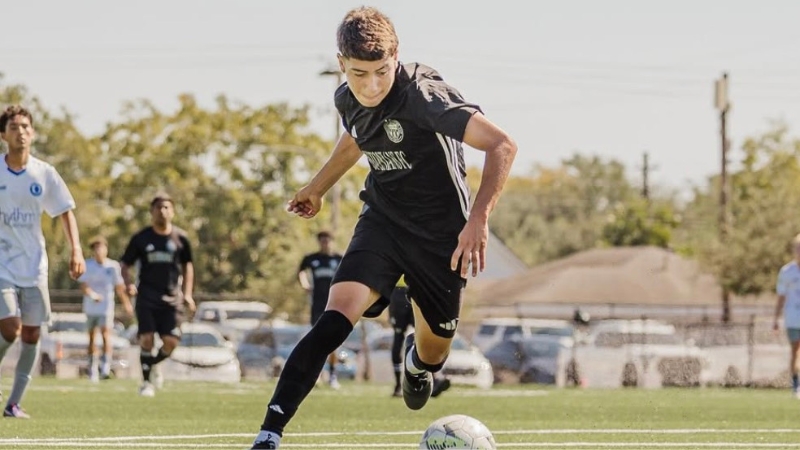 Tony Lepore
Tony LeporeAcademy to begin with U13/14 Next Season

The move has been talked about for so long, when the announcement from U.S. Soccer came on Friday, it was almost anticlimactic.
The decision to expand the Development Academy competition to a third age group, U13/14 beginning next season, has been debated almost since the USSF’s comprehensive youth development initiative began 5 years ago. The primary argument has always been that for all the good aspects of the DA, to begin with players already 15 or even 16 years old was too late to have the optimal effect on an individual player’s development.
 Tony Lepore
Tony LeporeThe main argument against was the increased travel demands on players in the Academy, but as expected, the announcement included information that the younger age group would feature a more regionalized format.
Some key points about this expansion:
- The roster of club participants will not be identical to those in the older groups of the Academy.
“We might lose from the league structure in that new age group,” USSF Academy Director of Scouting Tony Lepore said. “Those will still be Academy clubs and the training standards we have will still apply, but the competitive schedule won’t apply. There are a number of geographic areas where the travel schedule, even though it is less than what the older age groups do, won’t really be the right fit. We can look at other ways to keep those clubs involved at that age group. We won’t give them a league schedule but we might keep them in our showcases for example. These clubs will be applying our major philosophies toward player development.”
The announcement mentioned that the regional Junior Academy rosters might also include teams from outside the current Academy setup. Lepore said the key factors in choosing new clubs would include their geographic location (meaning they would fill in gaps existing Academy clubs would otherwise face in trying to set up a regional league), the opportunity to further spread the DA philosophy of player development throughout the club soccer landscape, and the chance to cast a wider scouting net from national team player identification.
“For all the right reasons, the DA is a really strong brand,” Lepore said. “Some clubs might not feel ready for it even if they do the right things. The USSF Technical Advisors know our markets so we already know of clubs that could fit in with our philosophy. It may be tricky for some to commit to U14 only because being in this doesn’t mean they are committing to U16 and U18 as well. It’s similar to how we look at expansion with the full Academy, which is very carefully. We know what it takes and what our standards are. While we want development over winning, we don’t want to dilute the competition because meaningful matches are an important part of developing players.”
- The U14 division will also be on a 10-month schedule.
“The players will be under the same guidelines as far being developed by one club. They will only be permitted to compete in approved events outside of the league schedule,” he said. “There will also be a longer break period for this age group, and we will implement a futsal program, which we think is valuable for their development.”
- While details are not final, Lepore said he doesn’t think there will be a national championship played at this age group, due to its regional emphasis.
Asked what the most tangible benefits will be for the 13 and 14-year old players participating, Lepore immediately discussed training standards and high-level games.
“There will be a big increase for them in a top environment,” he said. “A lot of the same philosophies we apply will now be spread to younger ages. They’ll be in games where they will be held accountable for their technical execution and decision-making. This is an important age group where they need the calendar cleaned up and to have their focus shifted to development and not results. The big benefit is increased training hours and more meaningful games in terms of their technical development. We’re moving to a 4-to-1 training/match ratio. The integrity of that is going to be huge, so we have to work closely with the clubs to create the right schedule.”
Headlines
- Recruiting Roundup: December 22-January 4
- 2026 Women's Division I Transfer Tracker
-
Winter Girls HS Players to Watch

-
ECNL Boys FL: Under-16 Players to Know

-
Commitments: Woodstock to Wake Forest

-
Winter Boys High School Players to Watch

- ECNL Boys FL Selection Game Rosters
- TDS Boys Regional Rankings: Class of 2028
- 25 Male Players That Dominated 2025
-
ECNL Boys Florida: U17 Players to Know




